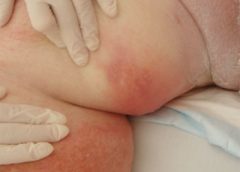Value of systematic reviews and meta-analyses in wound care
“Systematic reviews and meta-analyses—literature-based recommendations for evaluating strengths, weaknesses, and clinical value,” in Ostomy Wound Management, discusses evidence-based practice and how systematic reviews (SRs) and meta-analyses (MAs) can help improve management of wound care patients.
The authors of the article explain evidence-based practice and provide useful definitions for key terms. They then provide a list of eight questions to use when evaluating SRs and practical tips such as how to search for SR and MA studies. The article finishes with a list of eight interventions supported by the most evidence: hydrocolloidal dressings, honey, biosynthetic dressings, iodine complexes, silver compounds, hydrogels, foam dressings, and negative pressure wound therapy. (more…)
Read More





